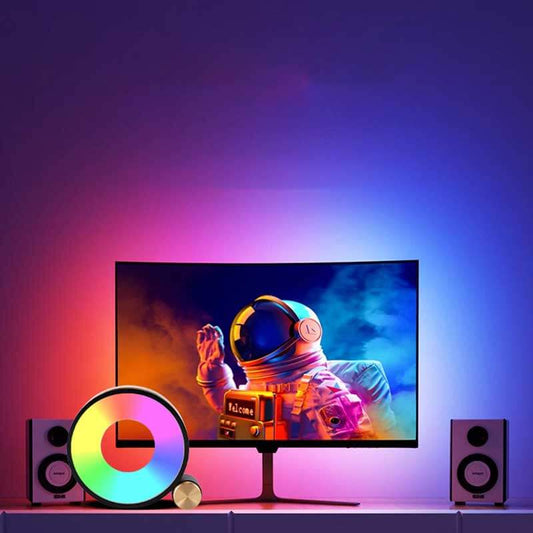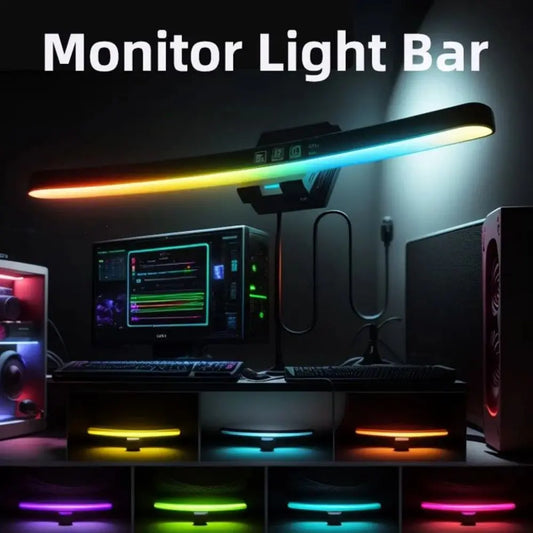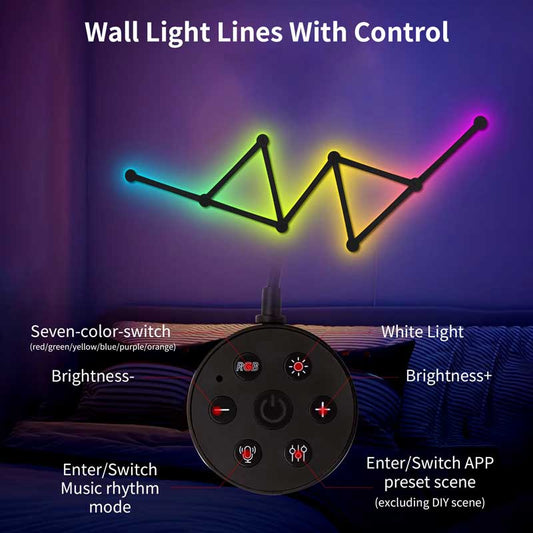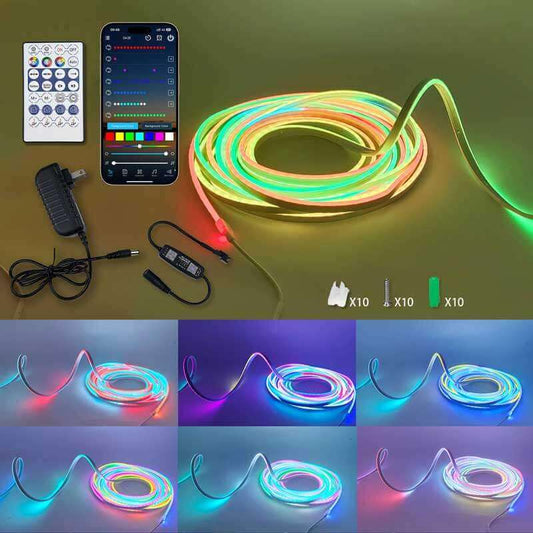Is it worth paying extra for OLED?
Partager
Whether it's worth paying extra for an OLED display depends on your priorities, use case, and budget. OLED (Organic Light Emitting Diode) technology offers several advantages over traditional LED-based panels (like IPS and VA), but it also comes with some trade-offs. Let’s explore the pros and cons of OLED to help you decide if it’s worth the investment.
Advantages of OLED Displays:
-
Superior Picture Quality:
- True Blacks: OLED panels can turn off individual pixels completely, achieving true blacks (not just dark gray), resulting in an infinite contrast ratio. This creates a more immersive and cinematic experience, especially in dark or HDR content.
- Richer Colors: OLED displays typically have better color accuracy and can reproduce wider color gamuts than traditional LCDs. The colors are vibrant and saturated, making it ideal for gaming, movies, and creative work.
- Better Contrast: Since each pixel in an OLED display emits its own light, it can achieve superior contrast ratios that are far beyond what traditional LED or even QLED panels can provide.
-
Better Viewing Angles:
- OLED panels have excellent viewing angles with no color shift or contrast degradation, even when viewed from extreme angles. This is a major advantage over LED-based panels like TN or VA, which suffer from color and contrast loss when viewed off-center.
-
Faster Response Times:
- OLED displays typically have faster response times than LED panels, which means less motion blur and improved performance in fast-paced activities like gaming. For those who prioritize competitive gaming or want a smoother experience, OLED is a great choice.
-
Ultra-Thin Design:
- OLED displays are extremely thin since they don’t require a backlight like LED or LCD panels. This allows for sleek, modern designs and is a feature often seen in high-end TVs and monitors.
-
High Refresh Rates (for Gaming):
- OLEDs now support high refresh rates (up to 120Hz or more), making them a solid choice for gamers who want to enjoy smooth visuals and enhanced responsiveness.
Disadvantages of OLED Displays:
-
Burn-In Risk:
- One of the biggest concerns with OLED displays is the risk of burn-in or image retention. This happens when static images (like HUDs in games or TV station logos) are displayed for long periods, causing permanent ghosting or burn-in of those images.
- Mitigation: Modern OLED panels have several features to reduce burn-in risk (like pixel shifting and automatic screen refresh), but it’s still a potential issue for long-term use.
-
Price:
- OLED displays are expensive—often much pricier than LED or even some premium QLED panels. For the price of a high-end OLED, you could usually get a large, feature-packed LED or QLED display with similar performance in some areas (like refresh rates or brightness).
-
Peak Brightness:
- OLED panels have lower peak brightness compared to LED or QLED, especially in bright rooms or for HDR content. While OLEDs are excellent for contrast and dark scenes, they may not reach the same peak brightness levels as some high-end LED or QLED panels, which can be important for outdoor viewing or very bright environments.
-
Longevity and Degradation:
- Over time, OLED panels can degrade, with blue OLEDs being particularly prone to fading. This means that the display may lose its peak brightness or color accuracy as it ages, although this effect is often slow and less noticeable for regular users.
When It’s Worth Paying Extra for OLED:
-
If Picture Quality is Your Top Priority:
- OLED is unbeatable in terms of contrast, color richness, and black levels. If you value cinematic visuals and immersion (whether for gaming, movies, or TV), OLED provides an experience that traditional LED panels can’t match.
-
For HDR and Dark-Scene Gaming:
- If you’re a fan of HDR gaming or enjoy titles with lots of dark scenes, the infinite contrast and true blacks of OLED will make a significant difference. Games like Cyberpunk 2077, The Last of Us, or any story-driven adventure with rich visual storytelling will look stunning on an OLED panel.
-
If You Want a Premium Experience:
- OLED displays are often part of premium gaming monitors or high-end TVs. If you’re willing to invest in the best and want something that’s both aesthetically pleasing and delivers top-tier visual performance, OLED is a great choice.
-
For Design and Space-Saving:
- OLED displays are incredibly thin, so they’re perfect for those who want sleek, modern designs without the bulkiness of traditional LED screens. This is especially relevant for those creating minimalist, aesthetically-focused setups.
When OLED May Not Be Worth It:
-
If You’re on a Budget:
- OLEDs are typically much more expensive than other panel types (LED, VA, IPS, QLED). If you’re looking for a budget-friendly monitor or TV that still delivers great performance, a QLED or high-quality LED panel might give you similar performance in brightness and color without the price tag.
-
If You Play Static or Long-Session Games:
- If you’re a competitive gamer who plays fast-paced games (like Fortnite, Call of Duty, or Valorant) and doesn’t mind burn-in risks, OLED might not be ideal for you. Long gaming sessions with static elements (like a scoreboard or minimap) could increase the likelihood of burn-in.
- For these types of games, a high-refresh-rate LED or IPS panel could be a better option, as it will still offer great visuals and performance without the burn-in risk.
-
If You Primarily Game or Watch Content in Bright Environments:
- While OLED panels have incredible contrast and black levels, they generally don’t get as bright as LED or QLED displays. If you game or watch movies in a very bright room with lots of ambient light, a QLED or LED panel might provide a better overall experience, especially for HDR content.
Summary: Should You Pay Extra for OLED?
- Yes, if you want the best picture quality, true blacks, and a cinematic experience, and are willing to pay a premium for it. OLED is especially great for HDR content, dark-scene gaming, and general media consumption.
- No, if you’re more budget-conscious, concerned about burn-in, or don’t need the absolute best in terms of visual quality for casual gaming or content viewing. OLED may not be necessary for everyone, especially if you’re primarily playing fast-paced games or in a bright environment.
Ultimately, OLED is worth it for those who prioritize exceptional image quality and are willing to pay for the premium experience. However, if you’re okay with compromising in some areas (like brightness or burn-in risks), QLED or high-end LED panels can deliver almost as good an experience at a lower price.




